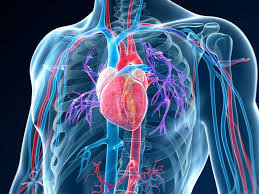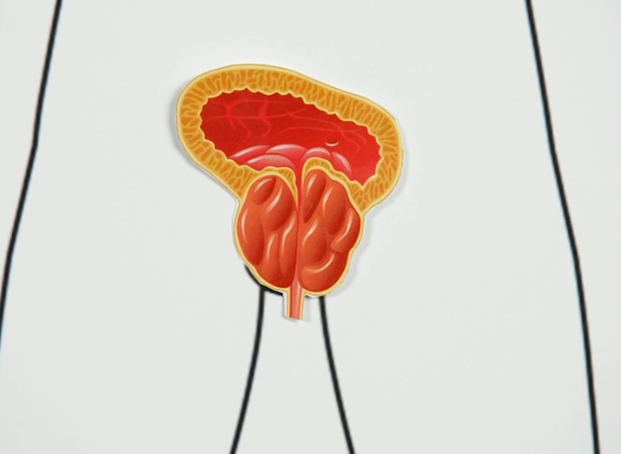Men at risk of prostate cancer will be spared needless biopsies and surgery under new guidance for the NHS. Instead, those with suspected disease will be asked to undergo MRI scans, which could allow one quarter of cases to be given the all-clear without further tests.
Research suggests that the technique could be twice as effective at spotting the most deadly tumours, ensuring treatment is better targeted, boosting survival. The new guidance also says men whose disease is classed as “low risk” should be given clear options about whether to undergo surgery, radiotherapy or remain under active surveillance” - otherwise known as “watchful waiting”.
In such situations, men should be given detailed information about the risks and benefits of treatments which can cause incontinence and erectile dysfunction, it says. Every year, around 100,000 men with suspected prostate cancer undergo biopsies in an attempt to detect the disease.
Now the National Institute for Health and Care Excellence (Nice) has said MRI scans should be offered as the “first line investigation” for all those with suspected localised prostate cancer. Research suggests that as a result, around 28 per cent of such cases could be spared gruelling and invasive biopsies.
For the remainder, the combination of MRI with biopsy was far more likely to lead to detection of the most invasive cancers. Research in the Lancet last year found that among those with cancer, the new technique picked up 93 per cent of aggressive cases, compared with 48 per cent caught by traditional biopsy.
Prostate cancer is the most common cancer in men, with 47,000 cases annually, leading to 11,000 deaths. But it is notoriously difficult to diagnose, as many possible symptoms - such as needing to urinate more frequently at night - become more common among men with age. GPs use examinations and blood tests which check prostate-specific antigens to check for heightened risk of disease, but these too can be unreliable indicators.
And some cases of prostate disease grow very slowly, meaning many men end up being treated for cancer which would never have killed them. Experts said the technique could save thousands of men from needless treatment, as well as sparing them from biopsies which can be painful and lead to urinary problems and infections.
Scanning the patient first meant that medics were able to target any resulting biopsy on particular areas of concern. Paul Chrisp, director for the NICE Centre for guidelines said: “This diagnostic pathway will hopefully improve survival, reduce unnecessary surgery and benefit both patients and the NHS in the long term.”
Heather Blake, from Prostate Cancer UK said the charity’s own research found just 50 per cent of men with suspected disease were being offered the MRI checks. She urged the NHS to hasten the rollout of the technique.
“Now that NICE has endorsed this breakthrough diagnostic technique as being both clinically and cost-effective there should be no further delay in making sure all men can benefit from the increased accuracy of diagnosis it can provide,” she said.
“We’re also pleased to see that active surveillance has been recognised as having equal survival benefit as surgery and radiotherapy for men with low risk localised prostate cancer, which should give more men confidence to avoid or delay these more radical treatments and their potential side effects,” she said.
Source: Daily Telegraph





